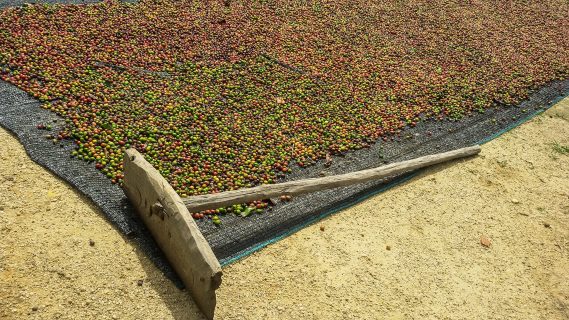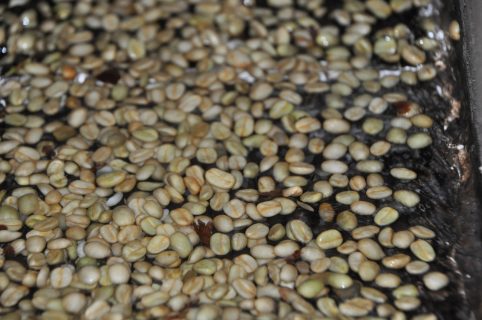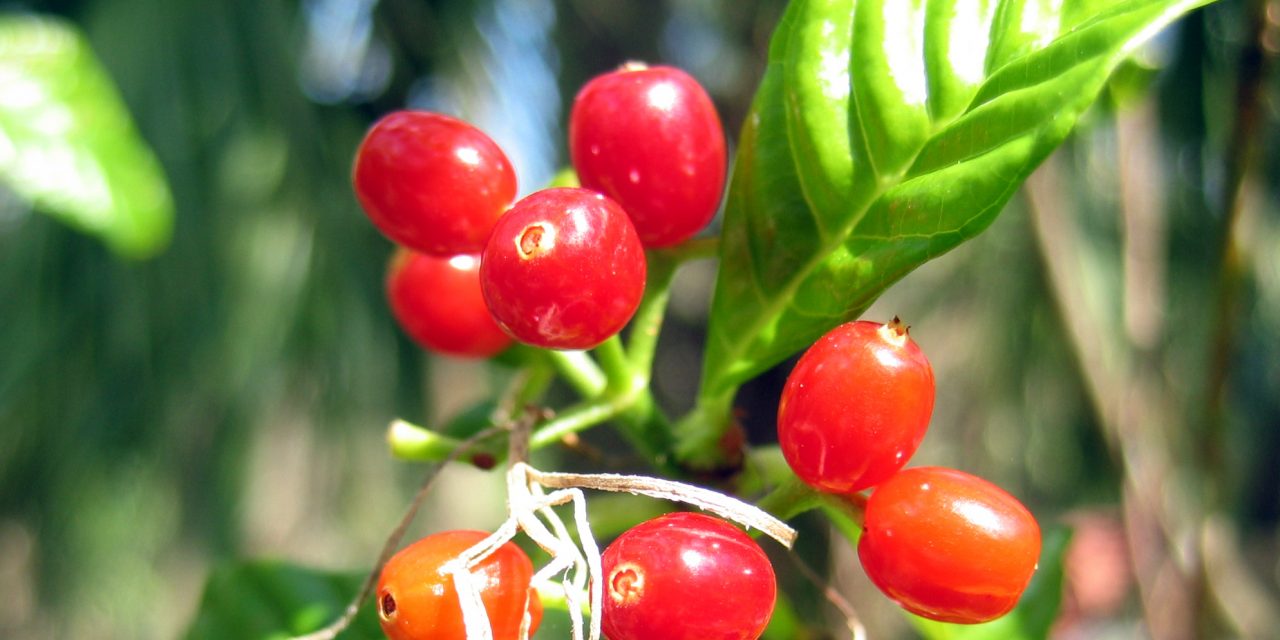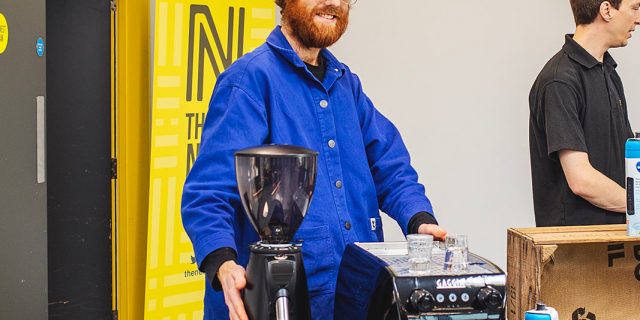On 24th March we held our first annual “East Anglia’s Best Barista” competition as The…
How Is My Coffee Processed?
Coffee Processing.
Now I know that this may not be the first question that most people think of when they are drinking their coffee, but you would be surprised just how important coffee processing is.
What exactly is processing?
First of all, what does processing actually mean? Well, processing coffee is simply a term that is used to describe the stages that are taken in turning the coffee cherries (fruits) into dried, green beans ready to be shipped around the world.
What is so important about processing?
Well, you may not realise it but the way that your coffee is processed can have a massive impact on the way it tastes. There are three different processing techniques, and each one will impact upon the coffees: flavour, body, consistency and roasting style.
Dry/ Natural Processing.
The first processing style is the dry/ natural processing. Dry processing is the oldest method for processing coffee and as the name suggests, is generally used in areas and countries where there is little access to large amounts of water, such as Ethiopia.
• Firstly coffee cherries are spread out in thin layers to dry in the sun, often on large patios or raised beds.
• During the 7- 10-day drying process the coffee must be turned at regular intervals in order to prevent any mould or rotting from taking place.
• Once the coffee is at the correct moisture content, the outer skin is mechanically removed and the raw beans are stored ready to be exported.

Dry/ Natural processed coffees generally produce sweeter/ fruitier flavours as the bean spends more time inside the fruit than in other processes. Dry processed coffees are generally a bit more delicate and are normally roasted slightly more delicately than other beans. This is to ensure the beans do not become scorched or burnt as well as trying to ensure an even a roast as possible.
Washed/ Wet Processing!
The second processing style is washed/ wet processing. Wet processing requires large amounts of water, so is limited to areas with easy access to water.
• Coffee cherries are initially put into large tanks of water and washed. Any unripe coffee will float to the surface and be removed.
• Once the coffee cherries are washed they have their outer skin and most of their fruity flesh mechanically removed by a de-pulping machine.
• The beans are then put through a fermentation process. This process takes on average between 12 to 48 hours. During the process the parchment (outer protective layer) and the mucilage (fruity/syrupy coating of the bean) are broken down, loosening them from the bean.
• The beans are then washed again to ensure all the parchment and mucilage is washed away. Once washed they are then left to dry in the sun or dried mechanically using a drying machine. Once dried the outer protective layer of parchment is hulled and the beans are ready to be exported.

The various stages involved in the wet processing of coffee, helps to ensure that a higher percentage of defective beans are removed compared to the dry process. This usually creates a higher grade of coffee. As a result the washed process is often used for higher quality coffee and will usually command a price premium over dry processed coffee; however this is not always true.
Wet processed beans are generally of a more uniform size and moisture content than the dry processed beans. This means that the beans should roast slightly more evenly, making it easier to replicate your desired roast profile every time.
Pulped Natural Processing!
Last but not least is pulped natural processing. This style of processing is a hybrid between dry and wet processing and is most widely used in Brazil. The main idea of this process is to try to produce high quality coffee like in the washed process, but using far less water.
• Coffee cherries are initially put into large tanks of water and washed. Any unripe coffee will float to the . surface and be removed.
• Once the coffee cherries are washed they have their outer skin and most of their fruity flesh mechanically
removed by a de-pulping machine.
• The coffee is then spread out in thin layers to dry in the sun, often on large patios or raised beds.
• Once dried the outer protective layer of parchment is hulled and the beans are ready to be exported.
Pulped natural coffees will contain more sweetness and body but will also have a slightly higher risk of defect than in washed coffees.
There are a few more processing techniques that are becoming more and more popular such as the honey process. This is very similar to pulped natural but uses even less water and is mainly used in Central American countries, especially Costa Rica. It produces coffee with similar qualities to pulped natural but often has even more sweetness in the cup.
Conclusion!
Now you know about the different processing methods of coffee and the effects it can have on your favourite drink, there is only one thing left to do. Try drinking some coffees that use different processing methods and see if you can notice any differences. This is a great excuse to go out and buy some new exciting coffees. Good luck, have fun and make sure you let us know how you get on.
Click the image below to follow us on Twitter for all the latest!





